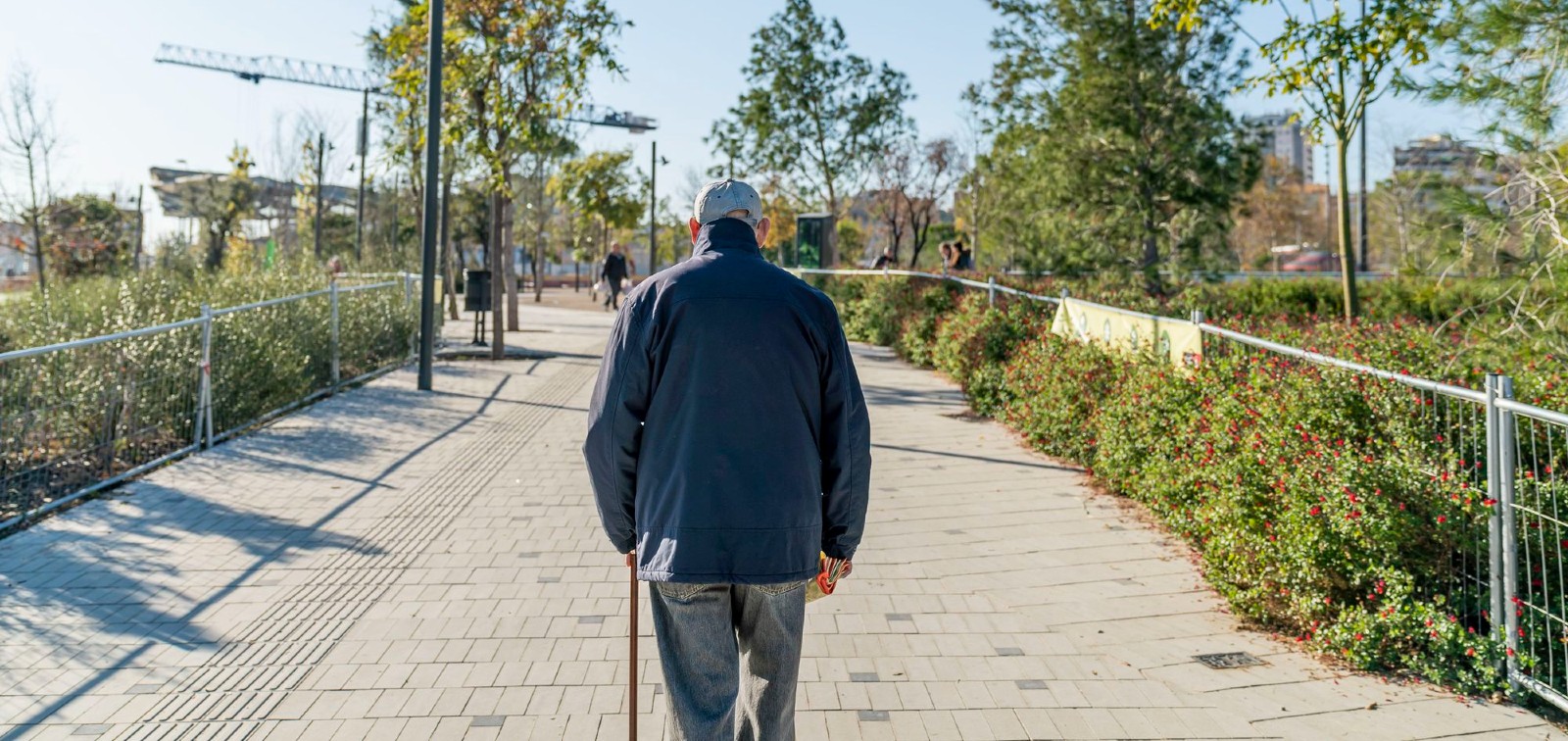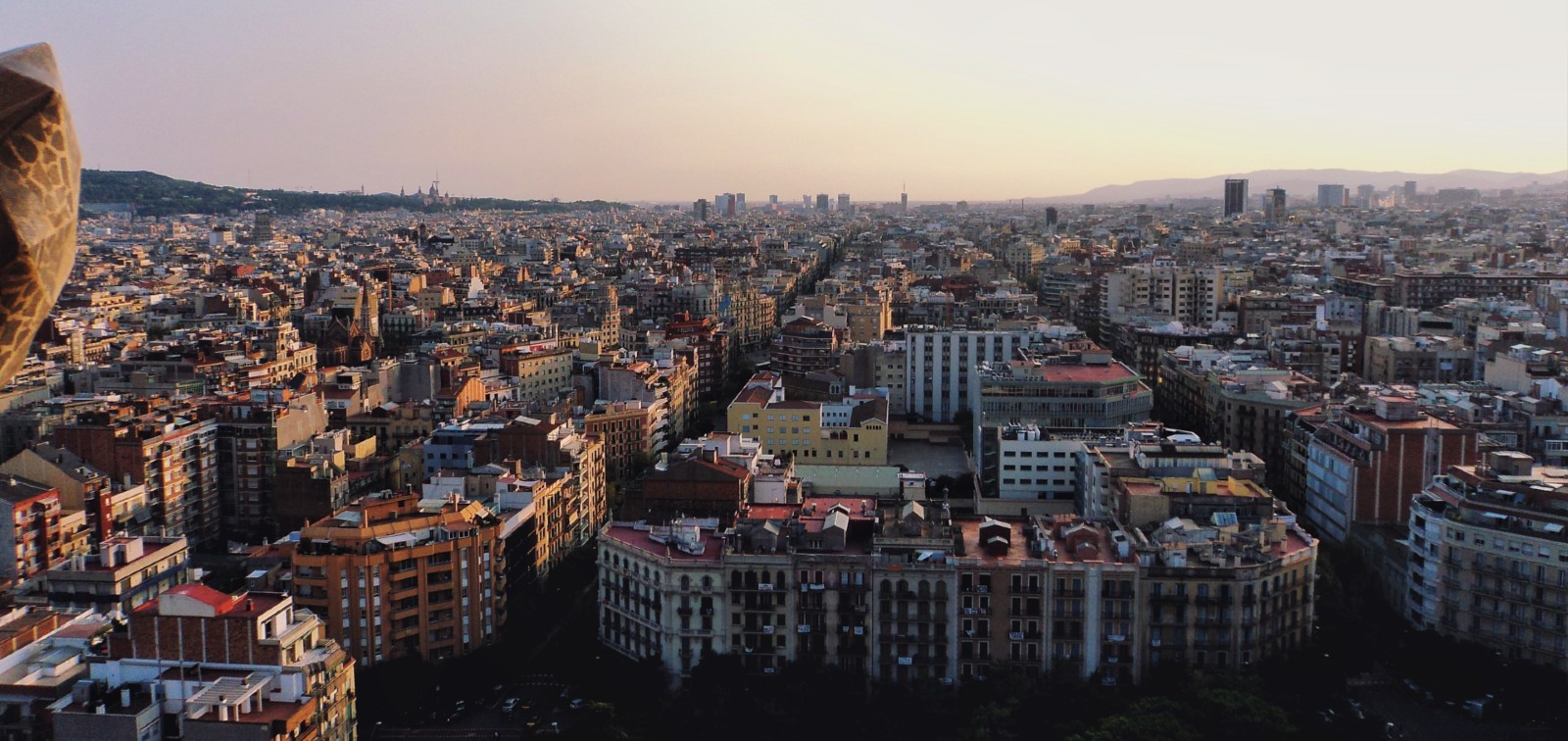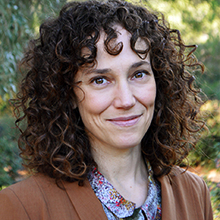Study Shows How Urban Environment Influences Physical Activity in COPD Patients
The findings show that patients living close to longer pedestrian streets walk more, while those living in more densely populated areas walk less
14.10.2022
The physical activity and exercise capacity of people with chronic obstructive pulmonary disease (COPD) appear to be related to population density, pedestrian street length, slope of terrain and exposure to nitrogen dioxide (NO2) in the vicinity of their homes, according to a new study led by the Barcelona Institute for Global Health (ISGlobal), a centre supported by the ”la Caixa” Foundation.
The study, recently published in Environmental Research, found that higher population density was associated with fewer steps taken by patients, more sedentary time and worse exercise capacity (with a stronger association being found in people with symptoms of depression). Longer pedestrian street lengths were associated with more steps and less sedentary time. Steeper slope was associated with greater exercise capacity. Finally, higher long-term exposure to NO2 (an indicator of traffic-related air pollution) was associated with more sedentary time and more difficulty with physical activity.
The researchers concluded that these neighbourhood environmental factors should be considered in clinical contacts with patients and when developing urban and transport planning policies aimed at promoting physical activity in patients with a chronic disease. Research on the urban environment has often ignored this population, which currently accounts for approximately 35% of urban dwellers in Europe.
COPD is characterised by progressive airflow limitation leading to shortness of breath and often limits the ability to perform daily activities. Patients are typically less active than healthy controls from the early stages of the disease onwards and this inactivity has a negative effect on COPD prognosis. Physical activity is therefore recommended for COPD patients and it is essential to know and understand which factors other than the disease itself may influence patients’ physical activity habits.
A Novel Research Question
The study aimed to estimate, in patients with mild to very severe COPD, the association between the urban environment and three variables: objective physical activity (daily step count and sedentary time), physical activity experience (perceived difficulty during activity) and functional exercise capacity (distance covered during six minutes of walking).
The study used data on 404 COPD patients from a multicentre study carried out in five seaside municipalities in Catalonia (Badalona, Barcelona, Mataró, Viladecans and Gavà). Eighty-five percent of the patients were men and the mean age was 69 years. On average, the patients walked 7,524 steps per day.
In order to estimate the urban environmental factors that each patient was exposed to, the researchers used geocoded residential addresses to determine census tract population density, length of pedestrian streets in the neighbourhood, slope of terrain, and long-term (i.e. annual) exposure to road traffic noise, NO2 and particulate matter (PM2.5).
Study Findings: Four Associations
“A first striking result is that greater population density was associated with worse physical activity and capacity outcomes in COPD patients,” commented Maria Koreny, postdoc external staff and lead author of the study. “It was thought that density could have a stimulating effect because it is associated with more shops and services, as well as better public transport, but when density is very high—as in Barcelona, where 46% of patients were recruited—it could have negative effects because of the increased dangers of traffic, fumes and noise.” Furthermore, the negative effect of high population density was found to be much stronger in patients with symptoms of depression, perhaps because of the embarrassment caused by symptoms such as shortness of breath and difficulty walking in public.
Secondly, regarding pedestrian street length, which was found to be linked to more steps and less sedentary time, Koreny commented: “There is debate as to whether pedestrian street length directly encourages more walking or whether this association could be explained by the fact that more pedestrian walkways reflect lower levels of air pollution, although our analysis does not support this latter hypothesis.”
Thirdly, the study found that steeper slope was associated with greater exercise capacity. According to Koreny, “COPD patients who live in a hilly neighbourhood may benefit from a continuous training effect.”
Finally, the study showed that higher NO2 levels were associated with more sedentary time and the experience of greater difficulty with physical activity. It is thought that higher levels of air pollution could increase shortness of breath in COPD patients, who might reduce exertion in order to avoid the feeling of breathlessness, which in turn would lead to muscular and cardiorespiratory deconditioning.
PM2.5 and noise exposure were not associated with physical activity or exercise capacity.
Using the Findings to Develop Strategies
“Our findings have implications for research, clinical management and urban health policy,” commented last author Judith Garcia-Aymerich, head of the Non-Communicable Diseases and Environment Programme at ISGlobal.
“These findings will allow for the development of strategies to effectively promote physical activity in COPD patients,” noted Garcia-Aymerich. One example would be to advise these patients to walk in hilly neighbourhoods (to improve their functional exercise capacity) and in less polluted areas or at lower-pollution times of day (to increase their physical activity and mitigate the negative effects of traffic-related air pollution).
She added: “It will be interesting to explore further the likely ‘utilitarian’ role of pedestrian streets, as well as the features of the microscale environment—for example, the availability and condition of benches—and how these features can be integrated into interventions to promote physical activity.”
The researchers also underscored the importance of addressing patients’ feelings of vulnerability associated with the chronic disease—such as breathlessness or embarrassment at being seen with limited mobility in COPD—as these may counteract the positive effects of environmental factors (e.g. liveable streets) observed in the general population. “These potential barriers to physical activity need to be addressed, especially with regard to patients with mental health issues,” explained Garcia-Aymerich.
Reference
Koreny M, Arbillaga-Etxarri A, Bosch de Basea M, Foraster M, Carsin AE, Cirach M, Gimeno-Santos E, Barberan-Garcia A, Nieuwenhuijsen M, Vall-Casas P, Rodriguez-Roisín R, Garcia-Aymerich J. Urban environment and physical activity and capacity in patients with chronic obstructive pulmonary disease. Environ Res. 2022 Nov;214(Pt 2):113956. doi: 10.1016/j.envres.2022.113956. Epub 2022 Jul 22. PMID: 35872322.








